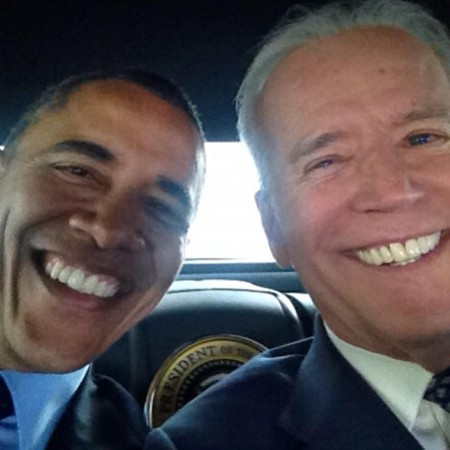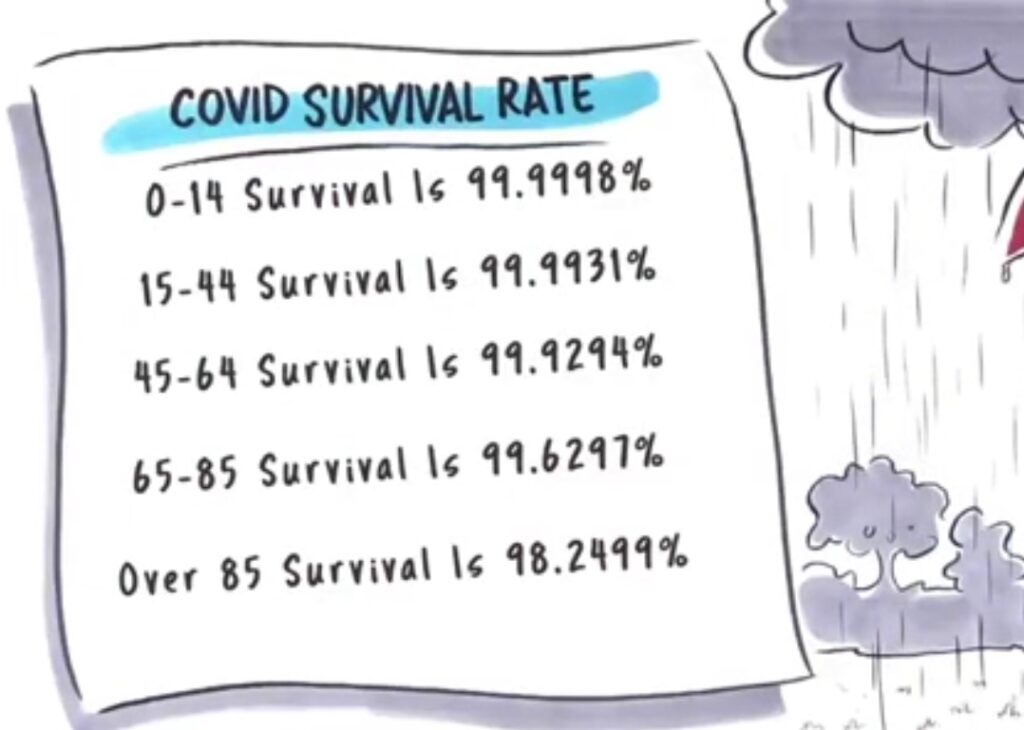I used to like to read the news, the middlebrow mass-market weekly news. I also used to like to write it. Some. This was back in the 90s at Time magazine, a publication which still exists in name but whose original, defining mission – grounding the American mind in a moderate, shared reality – is dead. The whole concept seems strange now – the American mind; a cloud of ideas, opinions, and sentiments floating somewhere above the Mississippi – but at Time, in the 90s, before the internet made its approach seem sluggish and slashed its readership, it was still possible to regard our product as unifying and, in its way, definitive. Sometimes I covered tangible events such as drug epidemics and forest fires, but much of the time I stitched together interviews conducted by local stringers and reporters into feature stories on such topics as “The New Science of Happiness” and “Children of Divorce.” It was an article of faith at Time that the findings of social scientists, simplified for popular consumption, ranked with hard news as a source of public enlightenment. Until business began to suffer, requiring cut-backs, the magazine kept an in-house research library, the better for checking even the smallest facts. The burden of accuracy lay heavy on Time. Its mighty name required nothing less.
Things are different now.
Every morning, there it is, waiting for me on my phone. The bullshit. It resembles, in its use of phrases such as “knowledgeable sources” and “experts differ,” what I used to think of as the news, but it isn’t the news and it hasn’t been for ages. It consists of its decomposed remains in a news-shaped coffin. It does impart information, strictly speaking, but not always information about our world. Or not good information, because it’s so often wrong, particularly on matters of great import and invariably to the advantage of the same interests, which suggests it should be presumed wrong as a rule. The information it imparts, if one bothers to sift through it, is information about itself; about the purposes, beliefs, and loyalties of those who produce it: the informing class. They’re not the ruling class — not quite — but often they’re married to it or share therapists or drink with it at Yale Bowl football games. They’re cozy, these tribal cousins. They cavort. They always have. What has changed is that the press used to maintain certain boundaries in the relationship, observing the incest taboo. It kept its pants zipped, at least in public. It didn’t hire ex-CIA directors, top FBI men, NSA brass, or other past and future sources to sit beside its anchors at spot-lit news-desks that blocked our view of their lower extremities. But it gave in.
I’m stipulating these points, I’m not debating them, so log off if you find them too extreme. Go read more bullshit. Immerse yourself in news of Russian plots to counterfeit presidential children’s laptops, viruses spawned in Wuhan market stalls, vast secret legions of domestic terrorists flashing one another the OK sign in shadowy parking lots behind Bass Pro Shops experiencing “temporary” inflation, and patriotic tech conglomerates purging the commons of untruths. Comfort yourself with the thoughts that the same fortunes engaged in the building of amusement parks, the production and distribution of TV comedies, and the provision of computing services to the defense and intelligence establishments, have allied to protect your family’s health, advance the causes of equity and justice, and safeguard our democratic institutions. Dismiss as cynical the notion that you, the reader, are not their client but their product. Your data for their bullshit, that’s the deal. And Build Back Better. That’s the sermon.
Pious bullshit, unceasing. But what to do?
One option, more popular each day, is to retreat to the anti-bullshit universe of alternative media sources. These are the podcasts, videos, Twitter threads, newsletters, and Facebook pages that regularly vanish from circulation for violating “community standards” and other ineffable codes of conduct, oft-times after failing “fact-checks” by the friendly people at Good Thoughtkeeping. Some of these rebel outfits are engrossing, some dull and churchy, many quite bizarre, and some, despite small staffs and tiny budgets, remarkably good and getting better. Some are Substack pages owned by writers who severed ties with established publications, drawing charges of being Russian agents, crypto-anarchists, or free-speech “absolutists.” I won’t bother to give a list. Readers who hunt and choose among such sources have their own lists, which they fiercely curate, loudly pushing their favorites on the world while accusing those they disagree with of being “controlled opposition” and running cons. It resembles the old punk-rock scene, but after it was discovered, not early on. Some of the upstart outlets earn serious money, garnering higher ratings and more page-views than the regime-approved brands Apple features on the News screen of my iPhone. (A screen I’ve disabled and don’t miss.) This wilderness of “contrarianism” – a designation easily earned these days; you merely have to mention Orwell or reside in Florida -- requires a measure of vigilance and effort from those who seek the truth there. As opposed to those who go there to relax, because they prefer alt-bullshit to mainstream bullshit. They can just kick their shoes off and wade in.
One reason to stick with the premium name-brand bullshit is to deconstruct it. What lines are the propagandists pushing now? Where will they lead? How blatant will they get? Why are the authors so weirdly fearless? The other day when Cuba erupted in protests, numerous stories explained the riots, confidently, instantly, as demands for COVID vaccines. The accompanying photos didn’t support this claim; they featured ragged American flags and homemade signs demanding freedom. One wire-service headline used the protests to raise concerns about viral spread in crowds. A puzzling message. It wasn’t meant for the defiant Cubans, who weren’t at liberty to read it and whose anger at their rulers clearly outweighed their concerns about contagion. It had to be aimed at English-speaking Americans. But to what end? American protests of the previous summer hadn’t raised such cautions from the press. To the contrary. Our riots, if one could call them that (and one could not at many companies) were framed as transcendent cries for justice whose risks to public health were negligible, almost as though moral passion enhances immunity. And maybe it does, but why not in Cuba, too? To me, the headline only made sense in the context of the offensive against domestic “vaccine hesitancy” and its alleged fascist-bumpkin leaders. The Reuters writer had seen in Cuba’s revolt a chance to glancingly editorialize against rebelliousness of another type. The type its staff abhors day in, day out, no matter what’s happening in Cuba, or, for that matter, in America. The bullshit is consistent in this way, reducing stories of every kind into nitrogen-rich soil for the same views. These views feel unusually ferocious now, reflecting the convictions of those on high that they should determine the fates of those on low with minimal backtalk and no laughter. Because science. Because Putin. Democracy. Because we’re inside your phones and know your names.
Engaging with the bullshit news-stream for defensive, deconstructive reasons has been my personal program for a while now. The game can be intellectually amusing and it confers a sense of brave revulsion. I was conditioned to seek this feeling in school, during units on “current events,” when my classmates and I were invited to deplore poverty, pollution, and prejudice. Behind these exercises was the notion that our little lives were isolated, vulnerable affairs loomed over by colossal, distant “trends.” Like bad weather, these trends might sneak up on us and harm us, especially if we ignored them, but unlike bad weather, which came from nature, these grim enormities were human-made and therefore partly our responsibility. This idea promoted magical thinking. Take our sixth-grade war on “smog,” which worsened children’s asthma and killed trees. Smog didn’t bother our Minnesota town but it smothered Los Angeles and other cities, as we learned from mock-newspapers and film strips. We cast spells against it from our desks by drawing pictures of smoky traffic jams. Our teacher called this “showing awareness” and implied it helped. I must have bought this. It explains why I thought being conscious of the bullshit actually accomplished something.
The idea of ignoring it entirely raised superstitious fears in me. Unnoticed bad trends might whack me from behind. Also, dropping out seemed immature. Well-adjusted grown-up read the news, if only to curse the news. They read it because other grown-ups read it, creating a common model of the world that might be bullshit but forms a frame of reference for public debate. Then I considered the state of public debate. Judging by Twitter, it wasn’t high. One problem was no matter how well you argued, no matter how strong your evidence and logic, your foes almost never recognized they’d lost. No judges to arbitrate the matches, no rules to guide them, and no trusted sources of facts to balance them. Mostly you just called bullshit on each other, and sometimes you wondered if both of you were right. Such arguments were sink holes. They never advanced past their own premises.
At times in my life, by happenstance, I’ve dwelled in oblivion, thoroughly news-free. In college in the early 80s I went four years without turning on TV or opening a paper. I learned that President Reagan had been shot from a pilot’s announcement on a plane, then gathered more details when I landed, from a stranger in a cowboy hat. My sense of the wider world derived from classes, books, conversations, works of art, and glimpses of newsstands and magazine racks. I don’t remember feeling deprived. Then, last year, at the height of the pandemic, when everyone else was merging with their screens, I turned my back on the bullshit for two whole months.
My father was dying of ALS in his retirement cabin in Montana, out of range of cell-phone towers. It was an overwhelming situation. Disregarding all the latest rules, friends had brought him there in a motorhome from his seniors’ community near Tucson. I needed help lifting him, so I hired a health aid who flew in from Miami, another breach of quarantine. This hazard required the local hospice workers to visit wearing full protective gear and stay outside the cabin in the driveway when passing me my father’s meds and pamphlets on the stages of death. They stuck to this protocol for the first week, then abandoned it so they could see their patient’s face. I lost track of the rules, the days, the virus. I sat at his bedside before his big TV watching reruns of Murder She Wrote, his favorite show, he told me, “Because there’s never any blood.” A former patent attorney with a degree in chemical engineering, a Republican who’d ofted voted Democrat, he’d tuned out the news a few years ago, he said, because it gave him stomach aches. He forbade me to handle the remote lest I land for a moment on CNN while changing channels. He talked about family history, old friends, and had me place phone calls to banks and credit card firms, which he seemed to take pleasure in informing of his any-minute-now demise. I turned on my computer exactly once, to research a narcotic he’d been prescribed, and I peeked at a rundown of election news that curdled my brain with its lazy tropes and buzzwords. To think that people wore out their precious lives consuming and reacting to such bullshit, cycling through the emotions it unleashed, sweating out its bulletins and updates, believing, disputing, and decrying it. And ultimately, in my father’s case, avoiding it.
Maybe he should have ignored it all along. Once time grew short, he didn’t mention a bit of it, with one exception: the day John F. Kennedy was shot. He spoke of it three days before he died. He said he was in Washington DC then, working as a law clerk in the same building that housed the Associated Press. He ran to its offices when he heard the news and watched paper spill from the teletype machines and pile on the floor. He told me he regretted not snatching some; those first dispatches might be worth a lot now. I thought about this. One-of-a-kind original paper documents, not identical, infinitely reproducible electronic files. No wonder there was so much bullshit now. It was content. Mere content. Ones and zeros. Lots of zeros, not so many ones.
“I’ve always wondered who killed him,” my father said. “It wasn’t Oswald. Not Oswald on his own.”
“Who do you think?” It seemed he’d studied the matter. New side of him. Should have spent more time together.
“Maybe the Mafia, maybe LBJ. There may have been certain Cubans in the mix. All I know is we didn’t get the truth.”
I’m fairly sure we often don’t. Still, it’s hard to give up hope, and today I blew half an hour on the bullshit, under which the truth lies buried. Maybe. Maybe it’s bullshit the whole way down. How much time do you have for finding out?
Less than you had this morning.
Fact.















